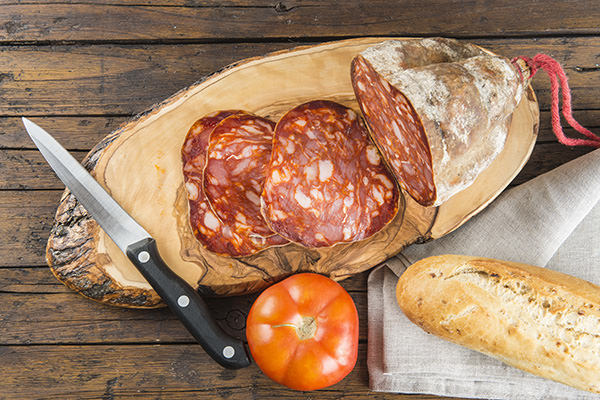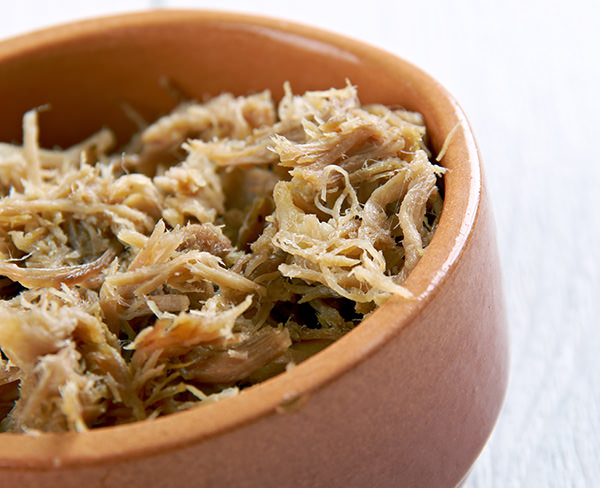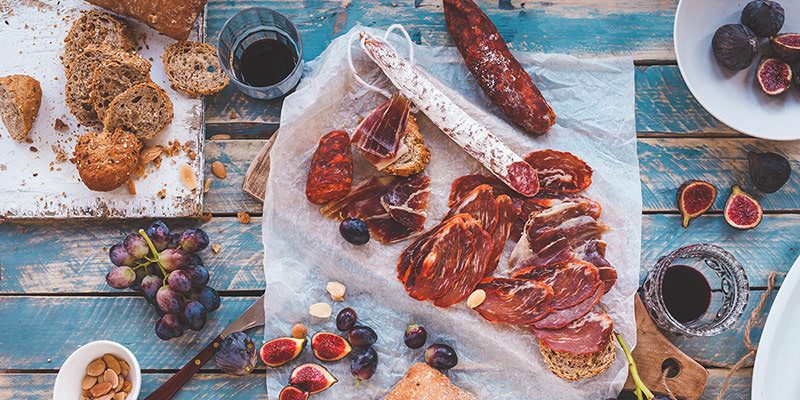Not every charcuterie board is created equal. They all are, generally, created awesome.
If you haven’t experienced the meat plate-gone-fancy otherwise known as charcuterie, you should pencil it into your calendar. If regular, tasty deli meats and sausages are casual players in the carnivore’s game of life, charcuterie is what they become after Beyonce upgrades them. And it’s easy enough to bring all that luxe home. A charcuterie plate is one of the easiest ways to satisfy even the most hedonistic and greedy palate: you go from fatty, rich pâté to nutty, spicy cured meats back to cheeses, pass out briefly, and resurface to eat straight up fat. It’s also the wine drinker’s best friend. Why? Because despite the complexity of the products you might find on a charcuterie board, pairing wine with them is easy as pie. Or prosciutto.
The easiest way to offer a pairing guide is to list some usual charcuterie suspects and the pairing recommendations, which, again, are nice and loose, just stuff to get you started. After all, wine pairing should be about following your gustatory pleasure, and nothing is more gustastorily pleasurable than a plate unapologetically fatty hand meats.
Prosciutto or Jamon Iberico
No, we’re not trying to compare the two. In fact, we’re glad we live in a glorious world where both kinds of lovingly, beautifully cured ham exist. The highest grade Jamon Iberico is known for a sweet, nutty acorn flavor, courtesy of “bellotas” from regional oak trees, while Prosciutto di Parma has a slightly saltier profile (which gets a bit fruitier if you’re getting Prosciutto di San Daniele).
Again, not to lump everything together since subtle and wonderful variations in flavor exist, but the basic formula here is salted, cured, fatty (and typically very thinly sliced) meat. You’ve got some good options.
Wines: You can go red or white here, as long as the white isn’t too bright or acidic (avoid stainless steel Pinot Grigios). A nice, complex Cava would go great with the Jamon Iberico. Or try rosé Cava, and not just because everyone goes nuts for rosé but to play into the subtle sweetness of the meat. Crianza Rioja will work well on the red scale, or you could go left field and blow everyone’s minds with a Fino or Manzanilla pairing—both drier sherries with nutty richness, the Manzanilla showcasing a fresh coastal salinity.
Dry-Cured Salumi

Salumi and salamis (salami is actually just a type of salumi) are reliable charcuterie fixtures: they’re packed with flavor, easy to prep, and don’t require any special delicate handling. They’re the ultimate meat lovers hand food, except maybe the corn dog. They also offer plenty of variety within the category, since you can get quality French, Italian, and even locally made sausages with a variety of seasonings.
Wines: Typically a not-too tannic but fruity red will work, especially if they have some balancing acidity to cut through all that fat. A Barbera will work wonders here, though you could always try its step-cousin, Barbaresco.
Foie Gras, Duck, and Chicken Liver Pâté
If you’re lucky enough to find foie gras on your charcuterie board—typically in the form of a terrine or torchon—you rejoice, and then possibly beg the heavens for forgiveness before digging in. Foie gras is typically, and famously, paired with the sweeter white Sauternes, but with both foie gras and a more rustic chicken liver pâté, you can go for a variety of whites that aren’t overly oaked and have bright acidity.
Wines: If the pâté is hearty, typically called pâté de champagne, you could even pour a dry Lambrusco, with its dry red, musky fruit and carbonation to cut the richness. Foie gras and Sauternes have been best pairing friends for years, but if it’s a lighter mousse (instead of sliced, sautéed) you could go for a Pinot Gris (not Pinot Grigio). If it’s a gamier pâté, you could try earthy but not too heavy reds like Pinot Noir.
Rillettes

Rillettes are like if pork and pork fat got into a terrible fight, absolutely shredded each other, then decided to make up in a ramekin. OK, maybe not the best metaphor, but rillettes are incredibly rustic and ridiculously rich, not necessarily (though commonly) pork, a preparation wherein a meat is broken down, cooked in fat, and mixed with the fat to form a paste as it cools. If you’re out, you’ll probably get it with pork, though you could also get it with fish (even anchovies). If you’re making it at home—don’t be scared—pork might be the way to go.
Wines: Rillettes is usually spread, like a rough pâté, on bread or crackers. Typically prepared with a bit of spice and dried herbs, it’s rustic and meaty. While Sauternes is typically recommended with Foie Gras, it could actually make a classy pairing here, a nice contrast to the rusticity of the Rillettes but a good match of body-meets-body. Other good options are some whites you probably haven’t heard of, like Assyrtiko and Albariño.
Lardo
Yes, this is just meat fat—technically, cured fatback. But it won’t look like you just bought a slab of fatback and threw it on the board. An easy way to deliver something incredibly rich in little portions, with slices of the lardo on top of those tiny toast points that seem to serve no other purpose than cocktail party food-delivery systems.
Wines: Because it’s really all fat and salt, you probably want to avoid anything too complex—imagine drinking a heavy Napa Cabernet alongside your toasty, melty fat. Yeah, we don’t want to either. Best play here is to keep it simple: where there is fat, and where there is salt, you absolutely can’t go wrong with Champagne. Bonus points if the toast actually picks up up some of the toast flavors in your Champagne. Plus yeah, you’re eating delicious fat and bubbly. Nicely done.
Cheeses
Most charcuterie plates will include other players, things like cheese, pickled veggies (charcuterie is half the reason cornichons exist), sweet fruit pastes and so on. The kind of things you’ll find in a gourmet market for $11, buy, and never eat out of intimidation. But cheese is a gourmet product we can all get behind, and you can make a cheese plate—and pair with it—pretty easily. Since we don’t know what kind of fromage you’ll be putting on your charcuterie board, here’s an all-purpose wine and cheese pairing guide. Bonus points, it’s an app.

